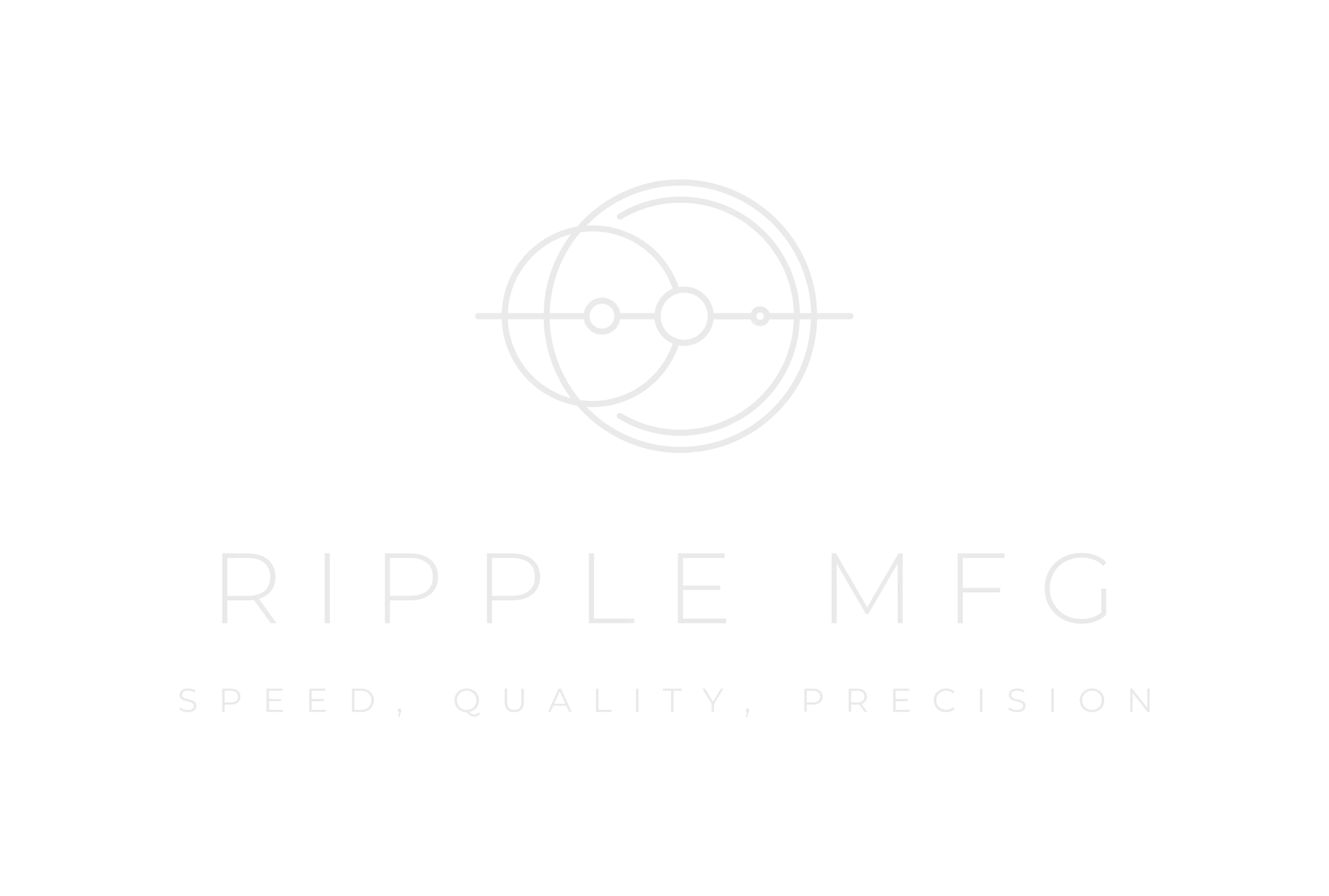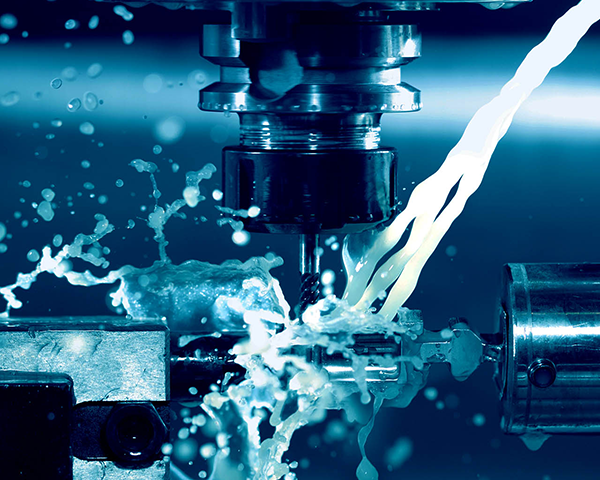Introduction to Pressure Casting
Pressure casting is a casting method in which molten or semi-molten metal is pressed into the metal casting mold at high speed and crystallized under pressure, referred to as die casting.
Advantages Of Pressure Casting
1) High productivity, easy-to-achieve mechanization, and automation, can produce thin-walled castings with complex shapes. The minimum wall thickness of die-casting zinc alloy is only 0.3mm, the minimum wall thickness of die-casting aluminum alloy is about 0.5mm, and the minimum cast out hole diameter is 0.7mm.
2) High dimensional accuracy of castings, small surface roughness value. Die casting size tolerance grade up to CT3 ~ CT6, the surface roughness is generally Ra0.8 ~ 3.2μm.
3) Pressure casting parts can be embedded in the casting silicone parts, not only to save valuable materials and machining hours but also to replace the assembly process of the parts, eliminate the assembly process, and simplify the manufacturing process.
Application Of Pressure Casting
Due to the advantages of pressure casting, it is widely used, mainly in mass production of non-ferrous alloy castings. Pressure die casting applications are the most automobile, and tractor manufacturing, followed by instrument manufacturing and electronic instrument industry, again for agricultural machinery, defense industry, computers, medical equipment, and other manufacturing industries. The parts produced by the die-casting method are the engine cylinder block, cylinder head, transmission case, engine cover, instrumentation and camera shell and bracket, pipe fittings, gears, etc. In recent years, high technology has been applied to pressure casting. Such as the use of a three-stage pressure injection mechanism to control the pressure, injection speed, and gas in the mold. Development of special pressure casting processes (such as vacuum die-casting, directional pressure casting, oxygen die-casting, etc.) and the application of computer control technology to effectively remove the pores, improve the density of the casting while developing new mold materials and heat treatment of new technology to extend the life of the die, so that ferrous metal die-casting has made some progress.
- Navigating the Nanoworld: High Precision Tools in Nanotechnology ApplicationsJanuary 5, 2024Welcome to the fascinating world of nanotechnology, where scientists and engineers manipulate matter at the tiniest scale. Unlocking the potential of this field requires the use of high precision tool...view
- Efficiency Redefined: The Impact of High Precision Tools in IndustriesJanuary 5, 2024In the ever-evolving landscape of industrial manufacturing, the pursuit of efficiency is paramount, and at the core of this quest lies the transformative impact of high precision tools. These sophisti...view
- Automotive Ingenuity: Revolutionizing Vehicle Design with Prototype MachiningJanuary 5, 2024In the modern automotive industry, innovation and technology play an integral role in shaping the future of vehicles. One process that stands out amidst this evolution is prototype machining. With its...view
- The Impact of Prototyping Machining Services in ArchitectureMarch 19, 2024With the advancement of science and technology, prototype machining services are increasingly used in the field of architecture, which has a profound impact on architectural design, construction and m...view
- Custom Prototype Manufacturing in ConstructionMarch 19, 2024In the construction industry, custom prototype manufacturing is a critical component to ensure a smooth project, and Ripple MFG stands out in the field of custom prototype manufacturing in const...view
- What Are The Characteristics Of Precision CNC MachiningFebruary 27, 2023First, precision CNC machining process is concentratedCNC machine tools generally with automatic tool changer, tool magazine, tool change process automatically controlled by the program, therefore, th...view



_20250123.webp)